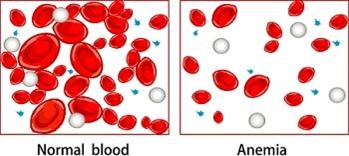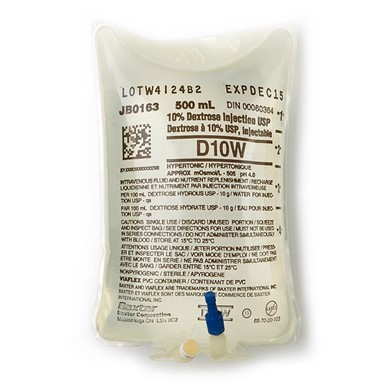nurse is caring for an adult client who has chronic anaemia and is scheduled to receive a transfusion of 1 unit of packed RBCs. Which of the following actions should the nurse take?
Set the IV infusion pump to administer the blood over 6 hr.
Administer the blood via a 21-gauge IV needle.
Check the client's vital signs from the previous shift prior to the initiation of the transfusion
Rush the blood administration tubing with 0.9% sodium chloride prior to the transfusion
The Correct Answer is D
Choice A reason
Setting the IV infusion pump to administer the blood over 6 hours is not the recommended rate for administering packed RBCs. Blood transfusions are typically given more rapidly, usually within 2 to 4 hours. The specific rate may vary depending on the client's condition and the provider's order.
Choice B reason
Administering the blood via a 21-gauge IV needle is not typically related to the administration of the packed RBCs. The appropriate gauge of the IV needle for blood transfusions depends on the client's condition and the type of transfusion. Larger-gauge needles are often used for blood transfusions to allow for a faster flow rate and prevent haemolysis of the blood cells.
Choice C reason
Checking the client's vital signs from the previous shift prior to the initiation of the transfusion is not sufficient for ensuring the client's safety during the blood transfusion. The nurse should assess the client's current vital signs, including temperature, heart rate, blood pressure, and respiratory rate, before initiating the transfusion. Monitoring vital signs is essential during the transfusion to detect any adverse reactions or changes in the client's condition.
Choice D reason
Rush the blood administration tubing with 0.9% sodium chloride prior to the transfusion is the correct answer. When preparing to administer a blood transfusion to an adult client with chronic anaemia, the nurse should rush the blood administration tubing with 0.9% sodium chloride (normal saline) prior to the transfusion. This process is called priming the tubing.
Priming the tubing helps remove any residual air from the tubing and ensures that the blood transfusion is administered smoothly without introducing air into the client's bloodstream. Air embolisms can be a serious complication, and priming the tubing with normal saline helps prevent this risk.

Nursing Test Bank
Naxlex Comprehensive Predictor Exams
Related Questions
Correct Answer is C
Explanation
The correct answer is C. FHR baseline 170/min. This is because a normal FHR baseline is between 110 and 160 bpm, and anything above or below this range indicates fetal distress and should be reported to the provider. A FHR baseline of 170/min could indicate fetal tachycardia, which could be caused by maternal fever, infection, dehydration, fetal anemia, or fetal hypoxia.
Choice A is wrong because early decelerations in the FHR are normal and benign, and indicate head compression during contractions.
They do not require any intervention or reporting.
Choice B is wrong because contractions lasting 80 seconds are within the normal range for active labor, which is 40 to 90 seconds per contraction.
They do not indicate any complication or abnormality.
Choice D is wrong because a temperature of 37.4° C (99.3° F) is slightly elevated but not considered a fever. A fever is defined as a temperature of 38° C (100.4° F) or higher.
A mild increase in temperature could be due to dehydration, exertion, or environmental factors, and does not necessarily indicate infection or inflammation.
Correct Answer is D
Explanation

This is because abruptly stopping TPN can cause hypoglycemia, which is a low blood sugar level that can cause shakiness, diaphoresis, confusion, and seizures. Therefore, infusing dextrose 10% in water temporarily at the same rate as the TPN can prevent this adverse effect. Dextrose 10% in water is a hypertonic solution that contains 340 calories per liter and can maintain the client’s blood glucose level until the new TPN bag arrives.
Choice A is wrong because giving 500 mL of lactated Ringer’s solution would not provide enough calories or glucose to prevent hypoglycemia. Lactated Ringer’s solution is an isotonic solution that contains electrolytes but no calories or glucose.
Choice B is wrong because temporarily discontinuing the infusion would cause hypoglycemia, which can be life-threatening for the client.
Choice C is wrong because slowing the TPN infusion rate would also cause hypoglycemia, as the client would receive less calories and glucose than prescribed.
Whether you are a student looking to ace your exams or a practicing nurse seeking to enhance your expertise , our nursing education contents will empower you with the confidence and competence to make a difference in the lives of patients and become a respected leader in the healthcare field.
Visit Naxlex, invest in your future and unlock endless possibilities with our unparalleled nursing education contents today
Report Wrong Answer on the Current Question
Do you disagree with the answer? If yes, what is your expected answer? Explain.
Kindly be descriptive with the issue you are facing.
